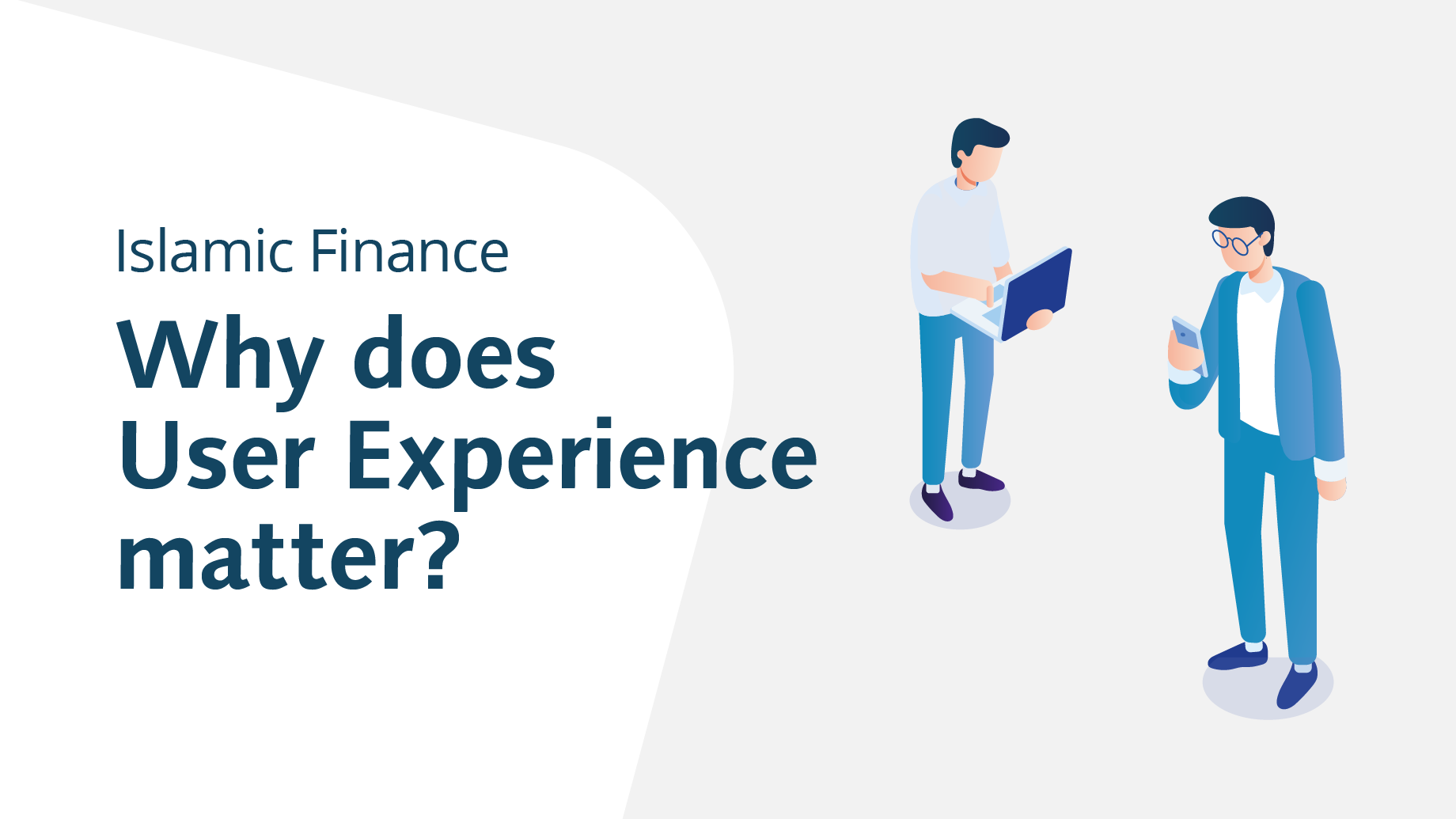
Sharia-compliant financial services require the right digital tools for a positive user experience.
If your organisation provides products and services aligned to the requirements of Islamic finance, these are usually powered by back office systems. However, building the products is just the start of the journey. Muslim consumers need to be reassured with clear representations of their financial position in a way that aligns with their values.
At first glance, this market expects the same as all consumers – convenient mobile-first banking via a secure app and a seamless, omnichannel experience for in-person support where needed.
Does Islamic finance have any specific UX requirements?
What would those UX requirements be? Following a couple of examples illustrating such value. Multi-language capabilities are important for this market segment and it comes with additional considerations. It’s not simply a case of substituting one language for another according to the client’s preference, these capabilities include the need for both English and Arabic alphabets. In addition, while Western languages read from left to right, Arabic language reads right to left and this needs to be factored into the design. Another specific feature could be the calculation and payment of zakat, or charitable contributions, directly from the digital platform.
In wealth management, Islamic finance could be viewed as a segment of ESG investing. It is particularly important to have clear reports which demonstrate that all investments are Sharia compliant. Many clients in wealth management have preferences, such as a focus on the environment, and exclusions, such as alcohol, and Islamic investing is a subset of these preferences with specific requirements. This delivers a clear opportunity to tailor communications to promote Sharia-compliant products, services and investments through the app.
Why does UX matter in Islamic Finance?
UX always matters. It is the key driver of customer loyalty and growth in a digitalized world. It is particularly important in Islamic finance, because in many traditionally Muslim countries a large proportion of the population are currently unbanked. For example, Indonesia has the fourth largest population in the world. 85% of the 270 million living in Indonesia are Muslim and between 60% and 70% of these are unbanked. If the digital solution is too complicated or difficult to use, it may deter people from signing up.
Also, there is a growing middle-class in Indonesia keen to make more of their money; an accessible digital solution that clearly reflects both their finances and their ethical values could be a powerful tool for providing financial services to this huge unbanked population without them having to actually go to a physical touchpoint of the bank.
Traditional banks have to be cautious in an ever-changing environment as challengers are starting to emerge in this space. The UK-based Kestrl app, for example, offers Muslim customers powerful digital tools to save and invest in a way that aligns with their values.
Getting started on a digital solution for Islamic banking
The key, as with all digital innovation, is not to try to reinvent the wheel and to find the right partner to embark on such journey. There are experts across the financial services and fintech sectors who can support the development of Sharia-compliant products and services as well as an easy to use digital front end. At CREALOGIX, our experience working with major financial organisations across the Middle East has meant that we have extensive experience of the requirements of Islamic finance and a range of tools to support your goals for a powerful digital solution.
Take a look into the LinkedIn Live session where we talk about the types of user experience technology that are supporting some of the main pillars of Islamic Banking.



